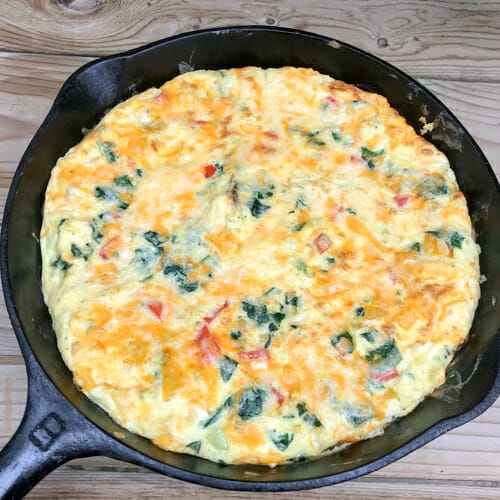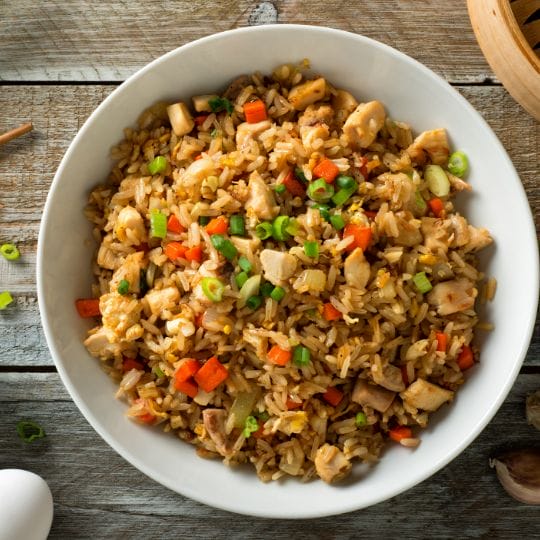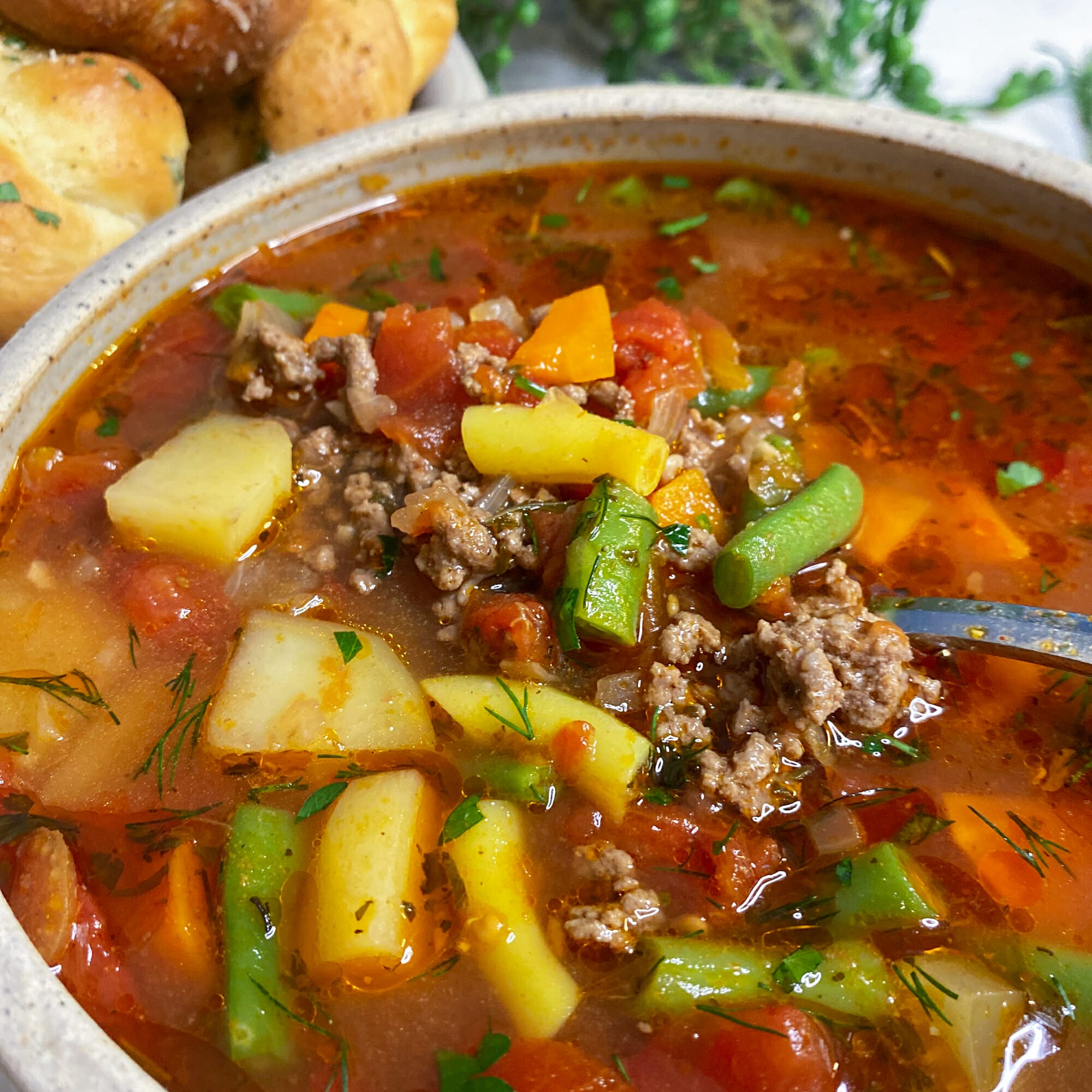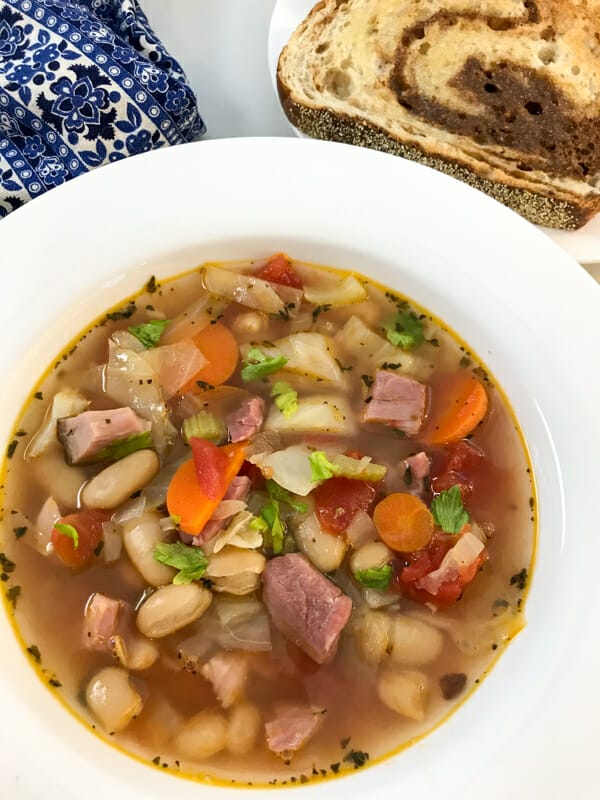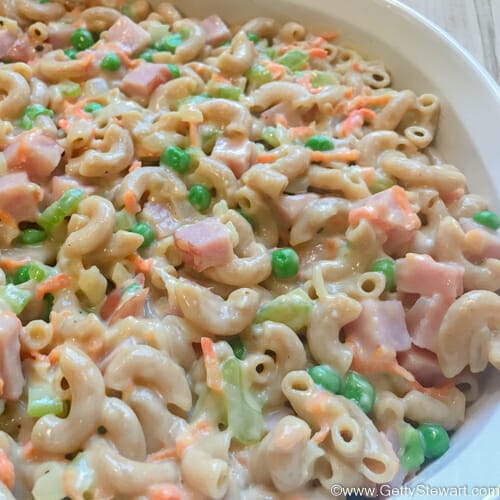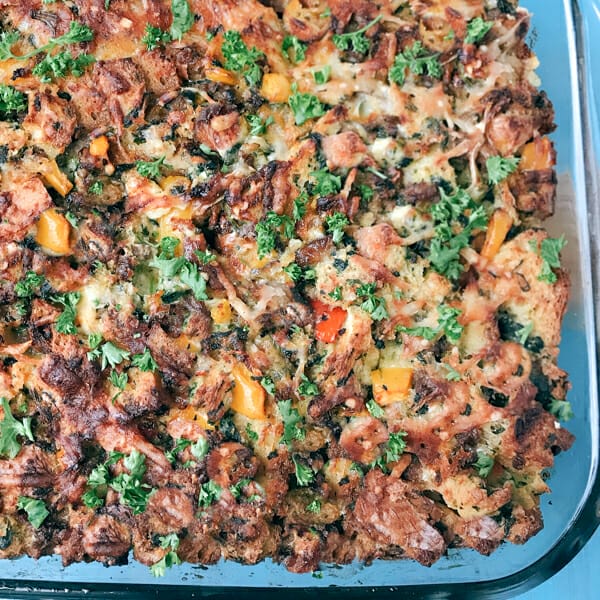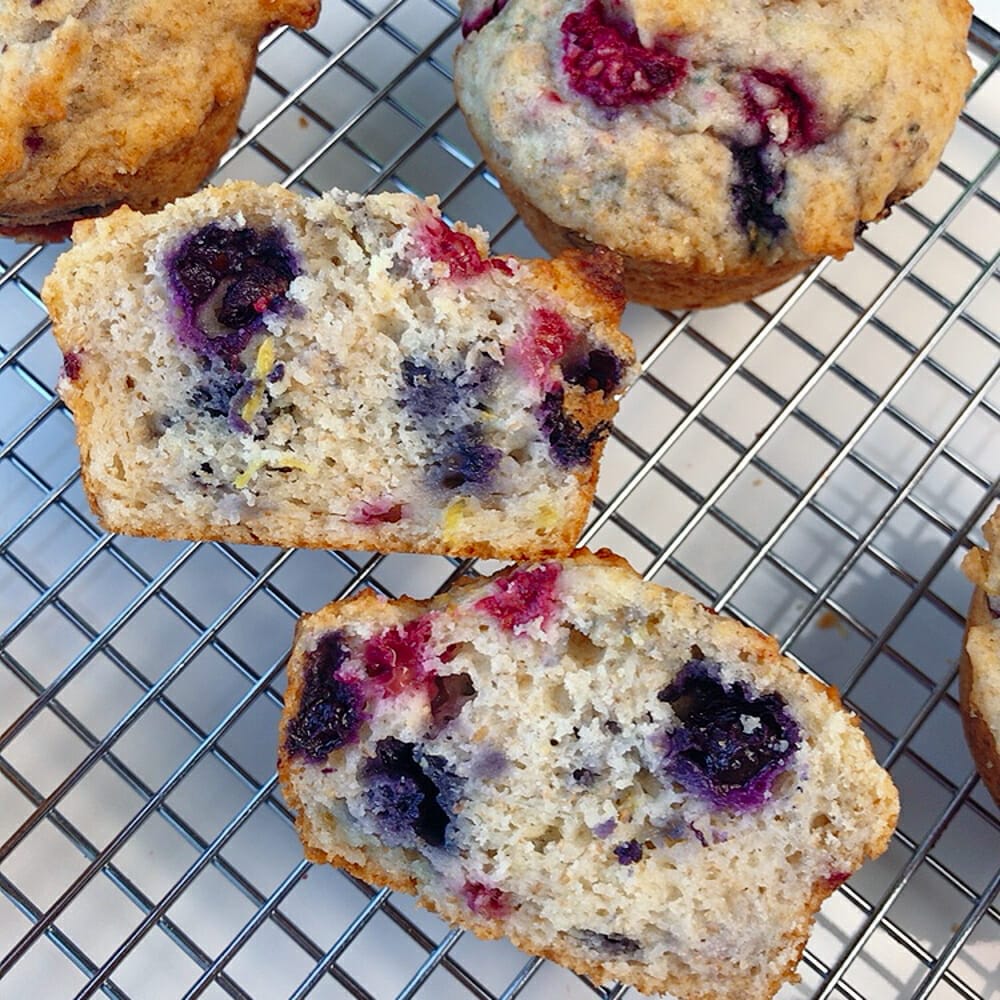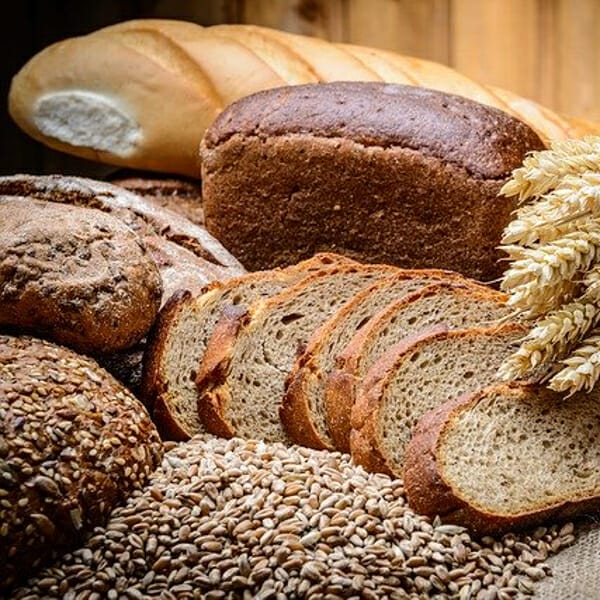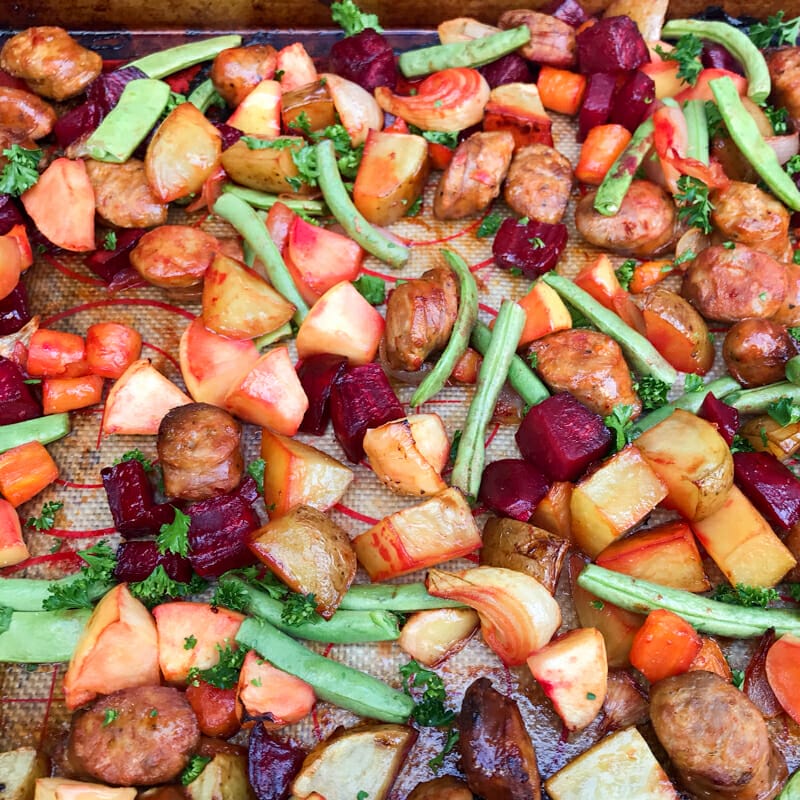How to Reduce Food Waste

Your very own food champion
Getty is working with the team at Love Food Hate Waste Canada to help make the most of the food we love.
LFHW Canada is modelled on the LFHW campaign in the UK that, in its first five years, helped cut avoidable food waste by 21 percent. Food waste is an urgent, but solvable, global challenge.

Getty became a champion of reducing food waste in 2010 when unused, fallen fruit in her neighbourhood led her to create Fruit Share, a volunteer group that harvested and shared forgotten fruit. Getty has since been sharing tips and ideas for reducing waste, enjoying and preserving seasonal food.
Read Getty’s take here. “Less Waste, Better Taste” featured in Winnipeg Free Press, 2021.
photo caption: In my kitchen, 2021 (photos by Jessica Lee / Winnipeg Free Press)
Getty’s commitment and passion continues in this collaboration with Love Food Hate Waste Canada to inspire and empower folks like you to make their food go further and waste less.
Getty’s guide to reducing your food waste
What we can do to…
Reduce Food Waste at Home
Practical ways we can reduce food waste in our households to save money, eat well and reduce our environmental impact.




